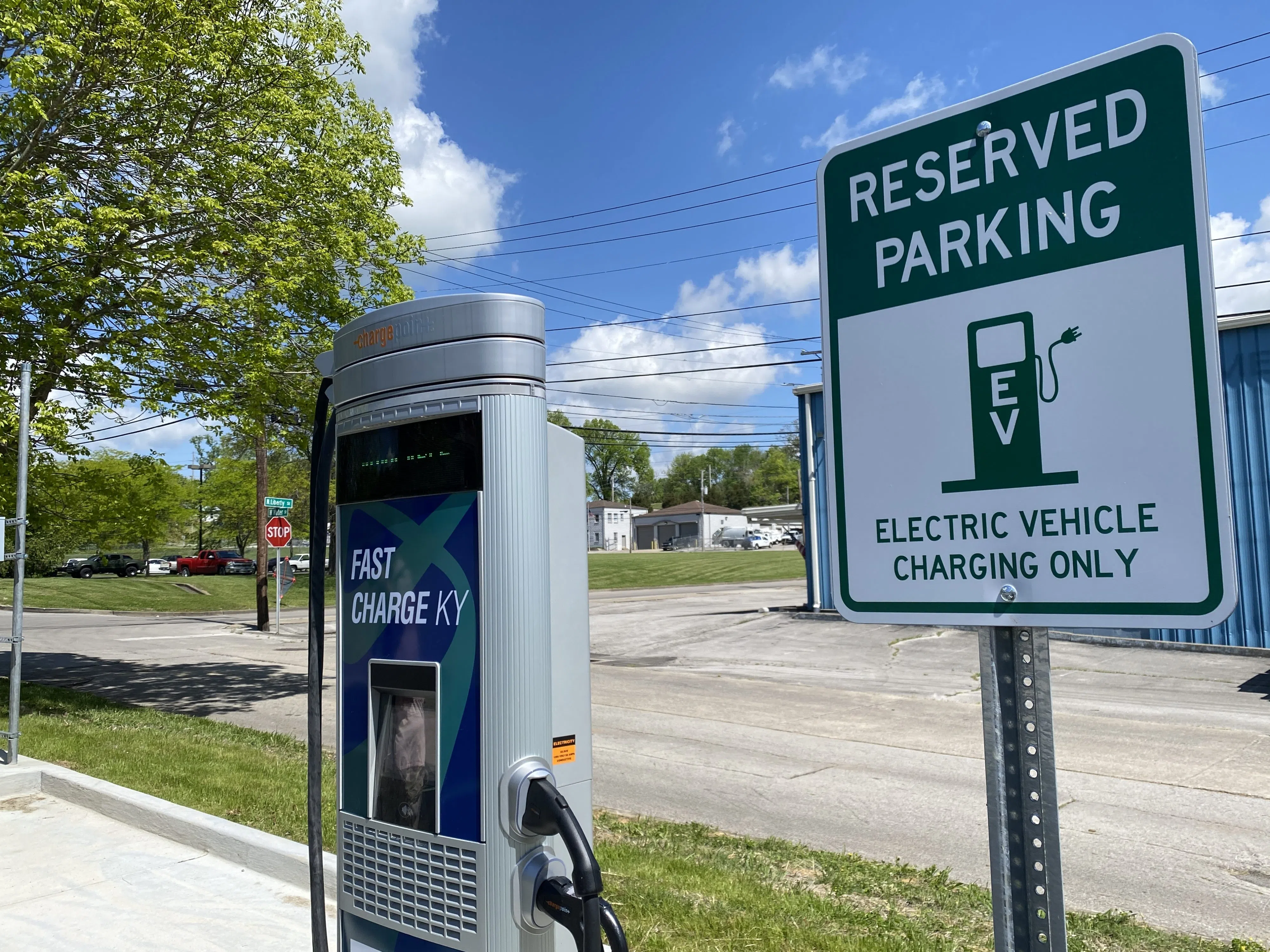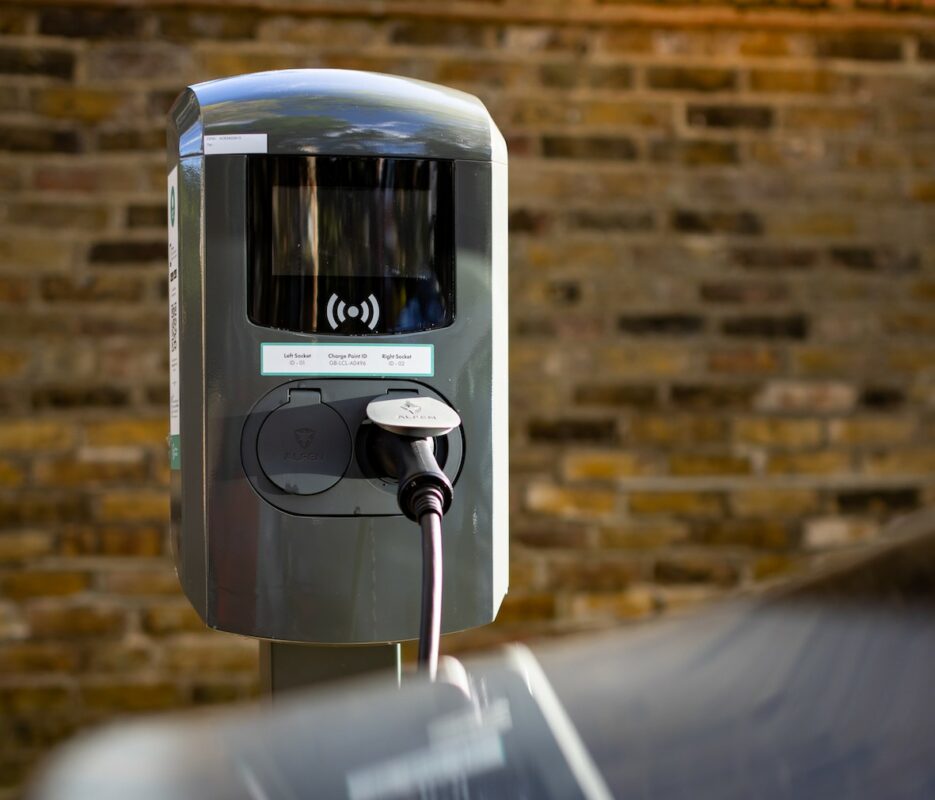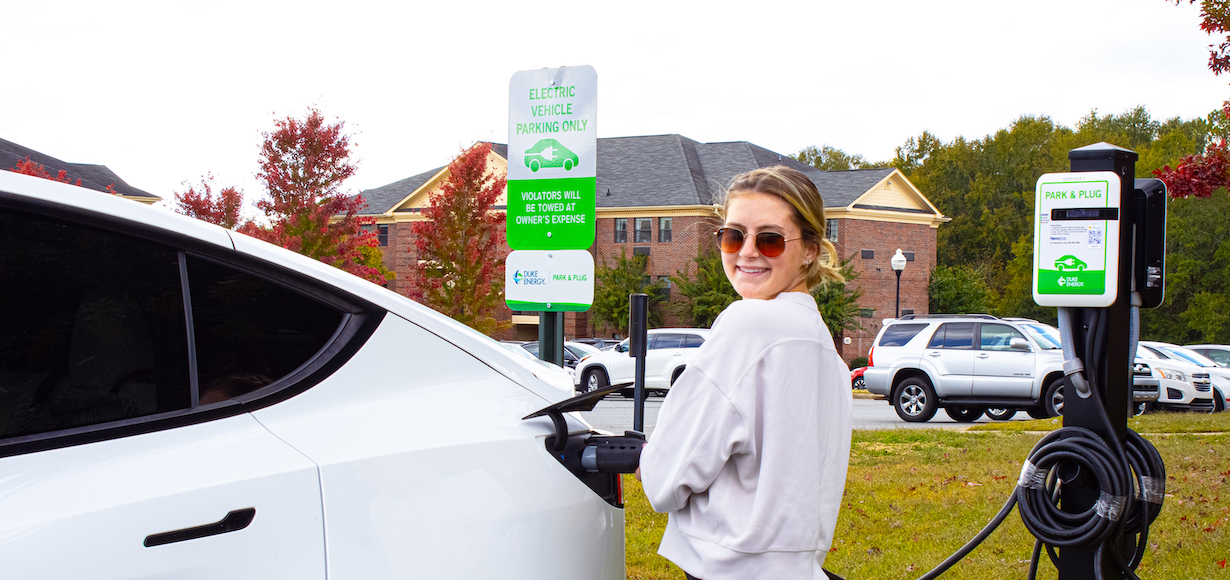How to Make Smarter Decisions in EV Investments by Buying EV Charging news
How to Make Smarter Decisions in EV Investments by Buying EV Charging news
Blog Article
Leading EV Charging News: Secret Updates on Facilities and Technology

Recent Improvements in Fast-Charging Modern Technology

Additionally, advancements in battery innovation, consisting of improved thermal administration systems and greater energy density batteries, enhance fast-charging capabilities. These advancements alleviate the risk of battery deterioration throughout rapid charging, making sure longevity and performance for EV owners.
In addition, the assimilation of smart charging options is boosting user experience, enabling real-time tracking and vibrant rates models. EV Charging news. This flexibility enables motorists to maximize billing costs and times based on grid demand
As automakers continue to buy fast-charging networks, the cooperation in between sector stakeholders is crucial. Partnerships between charging station service providers and vehicle makers are leading the way for considerable insurance coverage, inevitably cultivating an extra durable EV ecological community. These innovations are crucial in sustaining the change to lasting transport.
Government Efforts for Charging Expansion
Government campaigns play an essential duty in the development of electrical car (EV) charging infrastructure, facilitating the shift to sustainable transport. Numerous government and state programs are being executed to enhance billing access, decrease the financial worry on consumers, and promote the adoption of electric vehicles.
Especially, the united state government has alloted substantial funding through the Framework Financial Investment and Jobs Act, which earmarks $7.5 billion for EV billing network advancement across the country. This funding is intended at releasing thousands of brand-new charging terminals, especially in underserved areas, therefore attending to range anxiousness among possible EV purchasers.
Additionally, many states are enacting regulation to improve the allowing process for billing station installments, which is important for accelerating implementation. Incentives such as tax credit scores and discounts for both consumers and organizations are also being presented to encourage the setup of billing infrastructure.
Moreover, public-private partnerships are progressively coming to be a focus, leveraging personal financial investment to complement federal government financing. These initiatives highlight a joint approach vital for constructing a reliable and comprehensive EV charging network, eventually adding to a greener and more sustainable future.
Ingenious Battery Solutions Enhancing Effectiveness
Changing the landscape of electric car (EV) innovation, cutting-edge battery remedies are dramatically enhancing efficiency and performance. Advancements in battery chemistry, especially with lithium-sulfur and solid-state batteries, are bring about raised energy density, which permits longer ranges and faster charging times. These new battery types have the potential to exceed standard lithium-ion batteries by using greater abilities while lowering weight, therefore boosting total lorry performance.
In addition, growths in battery monitoring systems (BMS) are maximizing power usage and extending battery life expectancy. Intelligent algorithms keep track of battery health and performance, enabling real-time adjustments to billing and releasing processes. This not only improves the performance of the battery yet likewise makes sure a more sustainable and reliable power source for EVs.
Additionally, the integration of reusing innovations is dealing with the environmental influence of battery production and disposal. Developments in second-life applications for EV batteries are promoting their usage in energy storage space systems, adding to a circular economic situation.
As these ingenious battery solutions proceed to progress, they promise to change the EV market, making electric vehicles a lot more attractive and accessible to a more comprehensive audience while sustaining international sustainability goals.

Collaboration Between Automakers and Charging Networks
Recognizing the crucial need for a robust charging infrastructure, automakers are increasingly collaborating visit this page with billing network providers to enhance the EV possession experience (EV Charging news). These collaborations intend to produce a smooth charging community that benefits customers and sustains the shift to electric cars
Major automotive brand names are signing up with forces with recognized check out this site charging networks to increase their billing station coverage, ensuring vehicle drivers have accessibility to practical and reputable billing choices. For example, collaborations with networks like ChargePoint and Electrify America enable automakers to incorporate billing services straight right into their cars' navigating systems, assisting users to the local terminals and providing real-time schedule updates.
Additionally, these collaborations commonly result in the advancement of fast-charging technologies that substantially reduce the time needed to reenergize an EV. By pooling sources and knowledge, car manufacturers and charging networks can introduce quicker, producing services that meet the expanding need for electric wheelchair.
In addition, joint efforts might also result in even more standardized charging procedures, which can alleviate consumer complication and advertise broader EV adoption. Generally, these strategic alliances are critical in constructing a efficient and easy to use billing infrastructure that satisfies the requirements of an increasing electrical vehicle market.
Difficulties Dealing With EV Billing Framework
As the electrical vehicle market remains to grow, several difficulties are emerging that impede the growth of a thorough billing infrastructure. One of the primary obstacles is the insufficient number of charging stations, particularly in underserved and rural urban areas. This gap creates range anxiety amongst possible EV customers, deterring them from making the button.
In addition, the absence of standardization in billing modern technology makes complex the facilities landscape. Variations in plug types and charging rates can develop complication for individuals and enhance operational complexities for billing network drivers. The integration of billing terminals into existing electrical grids poses substantial difficulties. Numerous regions encounter capability limitations, requiring significant financial investments in grid upgrades to accommodate increased need.
Another pushing problem is the high cost related to the installation and upkeep of charging terminals, which can be a barrier for both exclusive companies and public entities. Regulative difficulties and zoning limitations can postpone the deployment of charging framework, hindering progression in expanding necessary solutions. Attending to these obstacles will be vital for fostering a robust EV environment that sustains the transition to sustainable transport.
Verdict
Finally, the ongoing developments in EV billing innovation, sustained by substantial federal government campaigns and cutting-edge battery solutions, are essential for the development and performance of electrical lorry framework. Cooperations in between car manufacturers and billing carriers further enhance terminal insurance coverage, resolving the expanding need for easily accessible billing choices. In spite of challenges that persist within the EV charging landscape, these growths indicate a favorable trajectory towards a much more reliable and lasting electric car ecosystem.
Innovations in billing facilities have led to the development of ultra-fast battery chargers qualified of providing up to 350 kW of power, significantly reducing billing times. Variations in plug types and billing speeds can create complication for individuals and increase functional complexities for charging network drivers.In conclusion, the recurring improvements in EV charging modern technology, sustained by significant federal government efforts and innovative battery options, are important for the expansion and performance of electric lorry facilities. Collaborations in between automakers and charging providers better enhance terminal coverage, resolving the growing need for accessible billing options. In spite of challenges that continue within the EV billing landscape, these developments indicate a positive trajectory useful site towards an extra efficient and sustainable electrical vehicle environment.
Report this page